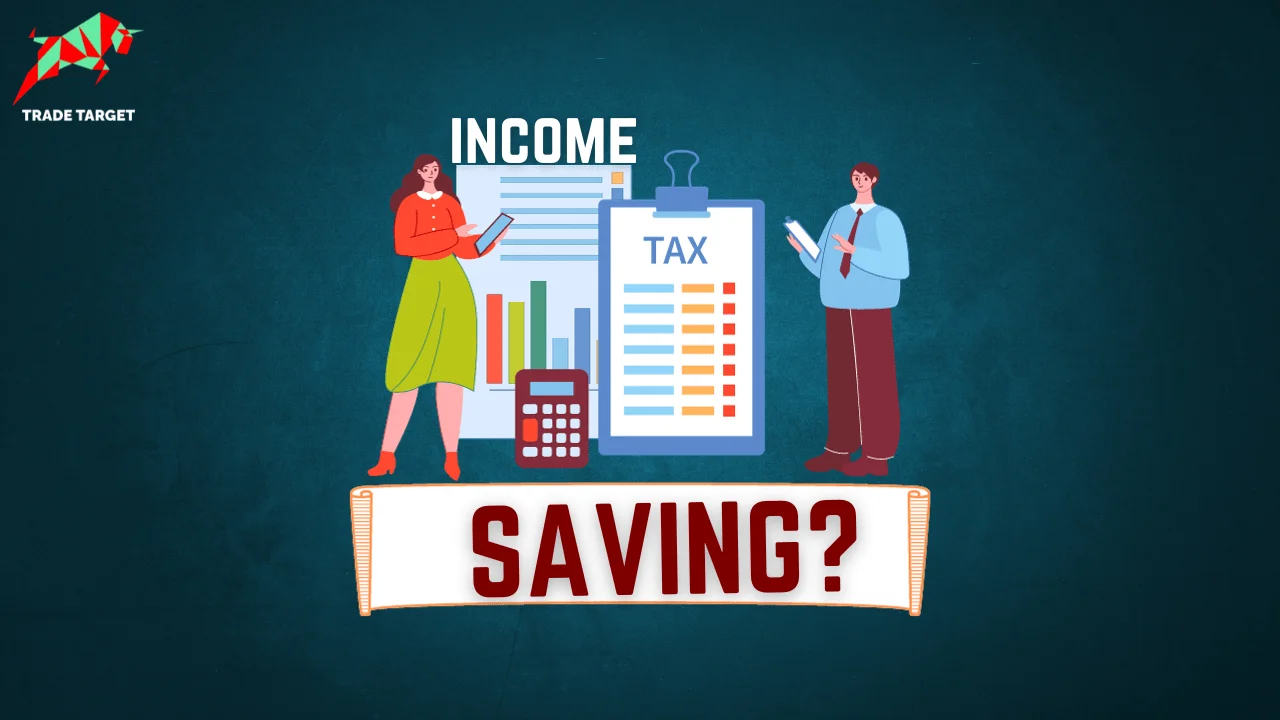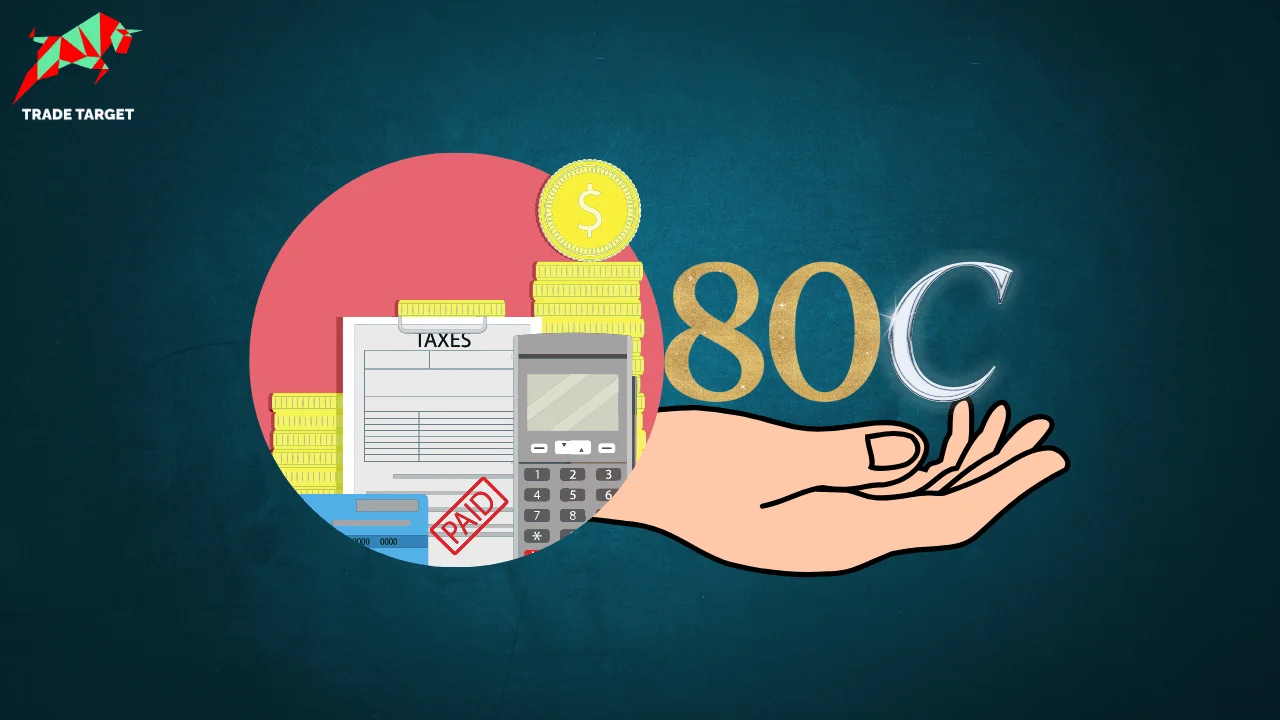Subscribe for real-time financial insights on Trade Target’s WhatsApp Channels
What is a Fixed Deposit?
A Fixed Deposit is a financial instrument offered by banks and non-banking financial companies that allows investors to earn higher returns on their principal amount than a regular savings account. A fixed deposit comes with a predetermined tenure. Investors can decide whether they want to go for a short-term or a long-term fixed deposit, depending on their financial objectives.
It’s important to compare interest rates from different banks and financial institutions before making a decision, as it will show you various advantages that make fixed deposits a perfect investment choice.
Investors also need to be aware of specific considerations, such as premature withdrawal, which may lead to penalties, so investors should carefully consider their liquidity needs.
A Fixed Deposit provides income certainty as a Fixed Deposit comes with a fixed interest rate, ensuring investors have a predictable source of income. The principal amount you invest is also protected, ensuring that your capital is safe. Additionally, it is a reliable option for creating emergency funds and ensuring you have enough money saved for retirement. This makes a Fixed Deposit an excellent option for achieving your financial objectives.
Advantages of Fixed Deposits (FDs)
- Assured returns: FDs offer assured returns, which means you know exactly how much money you will earn at the end of the tenure. It is a good option for investors who prefer to avoid taking high risks with their investments.
- Safety: Fixed deposit is one of the safest investment options available.
- Flexibility: FDs offer a variety of tenures, from 7 days to 10 years. This gives investors the flexibility to choose a tenure that fits their requirements.
- Liquidity: FDs are relatively liquid assets. Investors can withdraw their money from an FD before the maturity date, although you may have to pay a penalty.
- Tax benefits: Tax-saving FDs offer tax benefits under Section 80C of the Income Tax Act, 1961.
- Easy to open: FDs are easy to open and operate. Investors can open an FD account at any bank branch or online.
- No investment expertise required: You do not need any investment expertise to invest in FDs. The bank will take care of all the paperwork and investments for you.
- For all types of investors: FDs are suitable for all types of investors, including beginners, risk-averse investors, and senior citizens.
- Loan against FD: Investors with fixed deposits have the option to secure a loan against their fixed deposit investment. The maximum loan amount, however, may differ between different banks offering fixed deposit schemes.
Limitations of fixed deposits (FDs)
- Lower returns: FDs offer lower returns comparatively to stocks and mutual funds. This is because FDs are a low-risk investment option.
- Fixed interest rate: If the interest rate increases during the tenure of the deposit you will not get the benefit from any increased interest rates.
- Lock-in period: FDs have a lock-in period, which means that in an emergency, investors cannot withdraw the money before the end of tenure without penalty.
- Taxation: Interest earned on FDs is taxable. This means investors will have to pay taxes on the interest income, depending on the tax slab.
Who Offers FD?
Fixed deposits (FDs) are a secure investment option offered by various institutions in India. Banks, post offices, and non-banking financial companies (NBFCs) are the primary providers. Banks provide multiple options, while post offices are accessible to everyone. [To make a smart choice, it’s important to compare the interest rates and check how trustworthy the institution is. Also, review the terms and conditions, especially the penalties, if you want to withdraw your money before the agreed time.]
Types of FDs Available
Fixed deposits (FDs) are a popular investment choice in India, offered by various banks under different product names. It can be broadly categorized into two main types: Cumulative and Non-cumulative.
- Cumulative Fixed Deposit
A Cumulative Fixed Deposit is an investment that allows the investor to receive the returns as a lump sum at the end of the maturity period. In simple terms, the bank adds the interest you earn to your original deposit during this period. This means the interest earned in a given year is reinvested and combined with the principal amount.
Cumulative fixed deposits are particularly beneficial for those who have important financial goals, like purchasing a house, saving for a child’s wedding, etc. Opting for a cumulative fixed deposit is a wise choice if you have a specific amount you want to save for the future and are comfortable with not receiving regular interest payments into your account. It helps your money grow over time, and you’ll receive the accumulated amount, including interest, at the maturity date.
- Non-cumulative Fixed Deposit
A Non-cumulative Fixed Deposit offers investors the flexibility to choose the frequency of payouts. This means that the interest accrued on a non-cumulative FD can be received on a monthly, quarterly, semi-annual, or annual basis. At the time of application, investors have the option to specify their preference for receiving periodic payments.
This is particularly helpful for people who have regular expenses like loan EMIs and rent. It gives them a reliable source of income they can use to pay for these financial commitments. Additionally, senior citizens who have put their retirement savings into Fixed Deposits might choose the option where they get regular payouts. This way, they can use a fixed deposit as a steady source of income.
- Standard Fixed Deposits: Standard plans are straightforward investment schemes in which you deposit a fixed sum with a financial institution. Once the predetermined maturity period concludes, you become eligible to receive not only your initial investment but also the interest earnings that have accrued throughout the scheme.
- Tax Saving Fixed Deposits: Investments in Tax Saving Fixed Deposits are eligible for deductions under Section 80C of the Income Tax Act 1961. The lock-in period is typically five years. Investors can utilize these FDs effectively for tax-saving purposes, with a maximum annual deposit limit of Rs. 1.5 lakh. It's important to note that only the principal amount qualifies for tax deduction, while the interest component is subject to taxation as per the depositor's slab.
- Flexi Fixed Deposits: Flexi fixed deposits provide the best opportunity for people looking to earn higher returns compared to traditional savings accounts. One of the main benefits of Flexi fixed deposits is that they allow you to withdraw your money early if you need it, providing some flexibility. Read all the rules and regulations carefully before making any decision, as not all banks may offer this feature with their Flexi fixed deposit scheme. Additionally, in some Flexi fixed deposits, depositors may also have the option to leverage their deposits as collateral.
- Senior Citizen Fixed Deposit: Individuals aged 60 and above can invest in senior citizen fixed Deposit schemes. It offers flexible, higher interest rates than regular deposits. Senior citizens can earn an additional 50 bps or even more, depending on the tenure and scheme. They can choose when they receive their interest payments—quarterly, annually, semi-annually, or monthly. Additionally, the interest earned up to ₹50,000 is tax-exempt under section 80TTB of the Income Tax Act, 1961. If it exceeds ₹50,000, a 10% TDS is applied.
- Floating Rate Fixed Deposits: A floating rate fixed deposit is linked to a benchmark rate, such as the RBI's repo rate or Treasury Bill yield. This means that the interest earned on the fixed deposit fluctuates by the changes in the benchmark rate.
When interest rates rise, these fixed deposits tend to offer higher returns, which is an advantage. If the benchmark rate decreases, the interest earned on the FD will also go down. It’s crucial to understand the possibility of interest rates changing and how your fixed deposit is affected by it.
It is also important to evaluate the suitability of a floating rate FD for your investment strategy. For example, if an investor opts to withdraw their funds prematurely during a period of declining rates, they might have to reinvest at a lower interest rate.
- Corporate Fixed Deposits: A corporate fixed deposit (FD), also known as a company FD, is an investment option where individuals deposit their money with a company for a predetermined period at a fixed interest rate. Typically, these FDs are offered by non-banking financial companies (NBFCs) and housing finance companies (HFCs).
One of the primary advantages of corporate FD is that it offers higher interest rates compared to regular bank fixed deposits. It also provides a range of flexible tenures, ranging from a few months to several years, allowing investors to pick a duration that suits their financial plans. Moreover, corporate FDs are typically considered liquid investments, allowing investors to make withdrawals before maturity if necessary.
It is also important to know about certain risks associated with corporate FDs. They are not covered by deposit insurance, which means investors bear the risk of the company defaulting on payments. Additionally, the interest rate on a corporate FD is fixed, potentially leading to lower returns if interest rates increase after the investment is made. Therefore, when considering corporate FDs, investors should examine the company’s credit ratings provided by reputable credit rating agencies like CRISIL, CARE, ICRA, etc. to make a well-informed decision.
Types of FDs for NRIs
There are two main types of fixed deposits (FDs) for Non-Resident Indians (NRIs):
- Non-Resident External (NRE) FDs: Non-Resident External (NRE) Fixed Deposits are a specialized Indian Rupee deposit account customized for Non-Resident Indians (NRIs) and Persons of Indian Origin (PIOs) seeking to optimize returns on their foreign earnings. This account offers a unique advantage, as both the principal amount and the interest earned on these fixed deposits are exempted from taxation under section 10(4) of the Income Tax Act. Additionally, both NRE FDs provide full repairability, meaning both the principal and interest can be transferred back to the NRI’s home country without any restrictions.
- Non-Resident Ordinary (NRO) FDs: NRO Fixed Deposits (FDs) are FDs that offer partial repatriability. This means that only the interest can be transferred back to the NRI’s home country. The principal amount can only be repatriated after one year from the deposit’s maturity. Additionally, it’s important to note that the interest earned on NRO Deposits is subject to TDS (tax deducted at source).
Necessary Documents for Fixed Deposit Investment
The following documents are typically required to open a fixed deposit (FD) account:
- Proof of identity: This could be a Passport, Voter ID card, or Driver’s License.
- Address Proof document: This could be any utility bill/bank statement/rental agreement.
- PAN card: This is required for all Indian citizens and residents.
- KYC documents: This could be a copy of your Passport, PAN card, bank statement, and Aadhaar card.
- FD application form: This can be obtained from the bank or financial institution where you are opening the FD account.
If you are opening a joint FD account, you will need to provide all of the above documents for each account holder.
In addition to the above documents, you may also need to provide the following documents, depending on the type of FD account you are opening:
- For minor account holders: You need to submit a copy of the minor’s birth certificate and parent’s or guardian’s PAN card.
- For NRE FD accounts: A copy of your passport and PIO card (if applicable).
- For FCNR FD accounts: You need to submit a copy of your passport and Foreign Exchange Permit (FEP) certificate.
It is always a good idea to check with the bank or financial institution where you are opening the FD account to see what specific documents they require.
What is a lock-in Period for fixed deposit?
A lock-in period is the period during which you cannot withdraw your money without incurring a penalty. A lock-in period varies depending on the type of fixed deposit and the rules of the bank or financial institution where you have opened the deposit.
For ordinary fixed deposits, the lock-in period can range from 7 days to 10 years. For tax-saving fixed deposits, the lock-in period is a mandatory 5 years because tax-saving fixed deposits are eligible for deduction under Section 80C of the Income Tax Act, 1961.
If you need to withdraw your money from a fixed deposit before the lock-in period is over, you will have to pay a penalty. The penalty amount varies depending on the bank or financial institution and the type of fixed deposit.
Happy investing and thank you for reading!
Disclaimer:
This website content is only for educational purposes, not investment advice. Before making any investment, it’s important to do your own research and be fully informed. Investing in the stock market includes risks, and you should carefully read the Risk Disclosure documents before proceeding. Please remember that past performance doesn’t guarantee future results, and due to market fluctuations, your investment goals may not always be achieved.
Share via:









